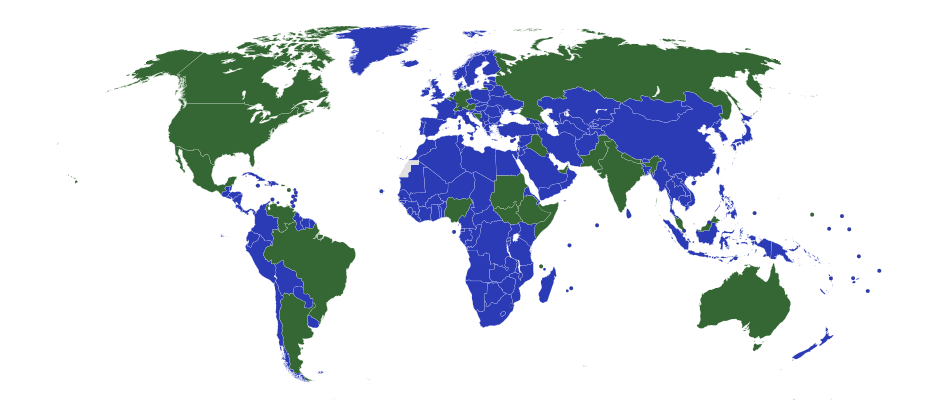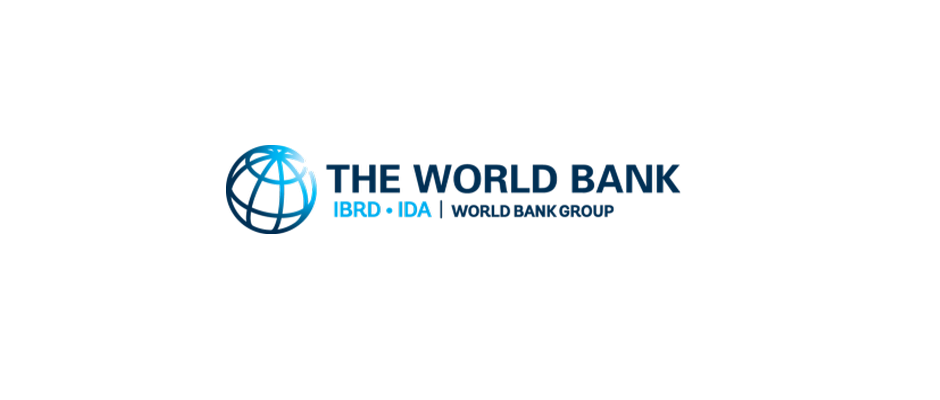
Why do some countries redistribute more to poorer regions than others? This paper explores which factors explain variation in the degree of interregional redistribution among countries between 1983 and 2010.
The main argument is that interregional redistribution increases with the need and capacity of strong presidents to build territorial coalitions with governors from poorer regions and, by implication, decreases with the ability of strong governors in rich districts to resist pressures to extract resources from their units. Using a multilevel structural equation model (the Generalized Linear Latent Multilevel Model, GLLAMM), the study analyzes these and competing claims on the determinants of interregional redistribution using original data from the subnational units of four types of cases, ranging from decentralized and federal to centralized, unitary countries.
Empirical results indicate that the type of redistributive coalition between presidents and governors complement purely structural and institutional models to explain fiscal redistributive outcomes in the context of sharp regional inequality.
Lucas I González. 2016. “When Are Federations More Unequal? The Political Economy of Interregional Redistribution in Developing Federations.” Studies in Comparative International Development: pp 1-26.
Read the full journal article:
https://www.academia.edu/20767487/When_Are_Federations_More_Unequal_The_Political_Economy_of_Interregional_Redistribution_in_Developing_Federations



